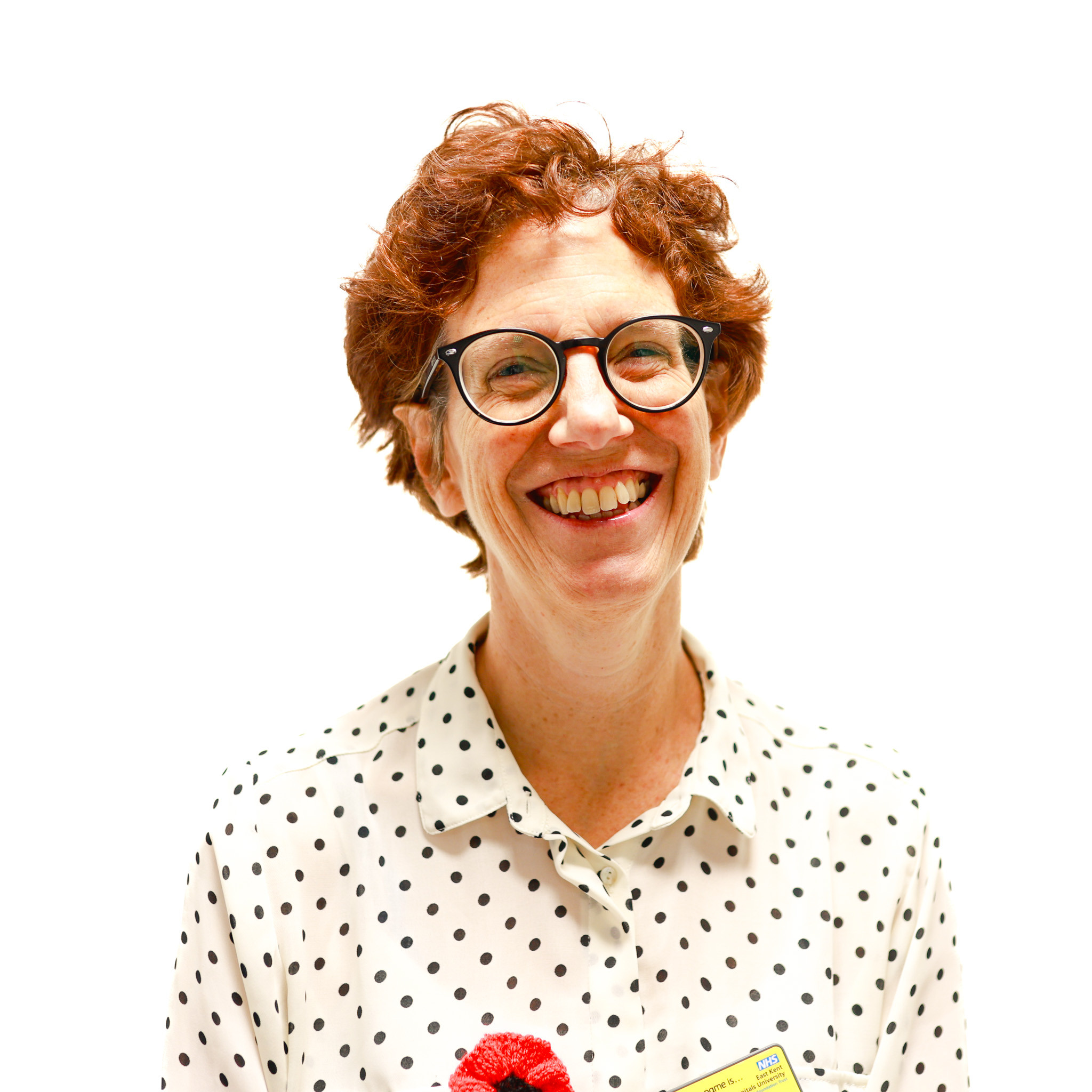
World Radiography Day - meet Kirstie Wiltshire
What does the perfect picture look like to you? Perhaps a sunset, or that elusive family shot where everyone is looking at the camera?
Kirstie Wiltshire, a consultant radiographer in the breast imaging department at the Kent and Canterbury Hospital, has slightly different requirements for the hundreds of mammograms she reports each month. The images are a vital first step in detecting possible breast cancer, and so need to be sharp with the correct contrast and brightness, and with the breast positioned correctly for the best view.
Kirstie’s role – and that of many of her radiography colleagues who will celebrate World Radiography Day tomorrow, Saturday, 8 November – extends beyond simply taking the perfect image. She will also then interpret that image, and go on to perform further tests such as ultrasound scans and biopsies to reach a diagnosis.
She said: “Breast imaging is sometimes perceived as boring, because it is mammogram after mammogram, but I like the satisfaction of getting the perfect image, and giving each woman the best experience.
“People sometimes dismiss radiographers as button pushers, just there to take the picture, but it is a skill to get the perfect picture to enable a diagnosis – you can’t just put a body part in front of the machine.
“I also find it rewarding, particularly with our screening patients who have no symptoms, they are simply there because they are within the age category to be invited.
“If you find breast cancer early, it is so much easier to treat so I know they will have the best possible outcome.”
Kirstie was drawn to work in the NHS as a teenager, and after researching different careers felt that radiography would be a good match for her love of physics and biology.
She said: “At first I thought the only choice was to be a doctor or a nurse, but after looking into it I realised there were so many more allied health professions out there.
“I like the technical aspect of radiography, but we also get the patient contact. There are so many different arms of radiography to specialise in, from x-rays to CT or MRI.
“My honest reason for choosing breast imaging was because my partner is a radiographer and I didn’t want to work with him! But I genuinely enjoy it and would recommend it.”
After completing a radiography degree, Kirstie went on to study post-graduate courses in reporting mammograms, biopsies, ultrasound, and clinical examinations to advance her practice.
She said: “When I first started, the only way to advance was to become a manager, but now there are opportunities to stay within the clinical field and develop your skills.
“I work alongside medical colleagues and they have really embraced me as part of the team.
“We all have slightly different backgrounds, whether medical, GP, or radiography, and we all bring a special skill set to the team.
“That makes us more robust and gives the best service to our patients. It allows us to expand and make the most of the amazing skills we all have.”
As a consultant radiographer, Kirstie is responsible for patients from their first mammogram until their diagnosis, when they move to the care of the treatment team.
She said: “Everyone fears breast cancer so coming for a mammogram, whether you have symptoms or not, can be really emotive.
“To be able to tell someone it is nothing is a great feeling. But even if you are giving them the news you think it is cancer, the skill is being able to have them leave knowing we have got them, we can sort it, and we will support them through it.
“Each woman is different, and each case is different, and it is never ‘just another breast’. Sometimes you will spot the tiniest detail and just get an inkling or a gut feeling that you need to take it one step further.
“We don’t always get to know what happens after we give someone that diagnosis, but sometimes people come back to say thank you and that is always very special and you know you have been able to make a difference.”